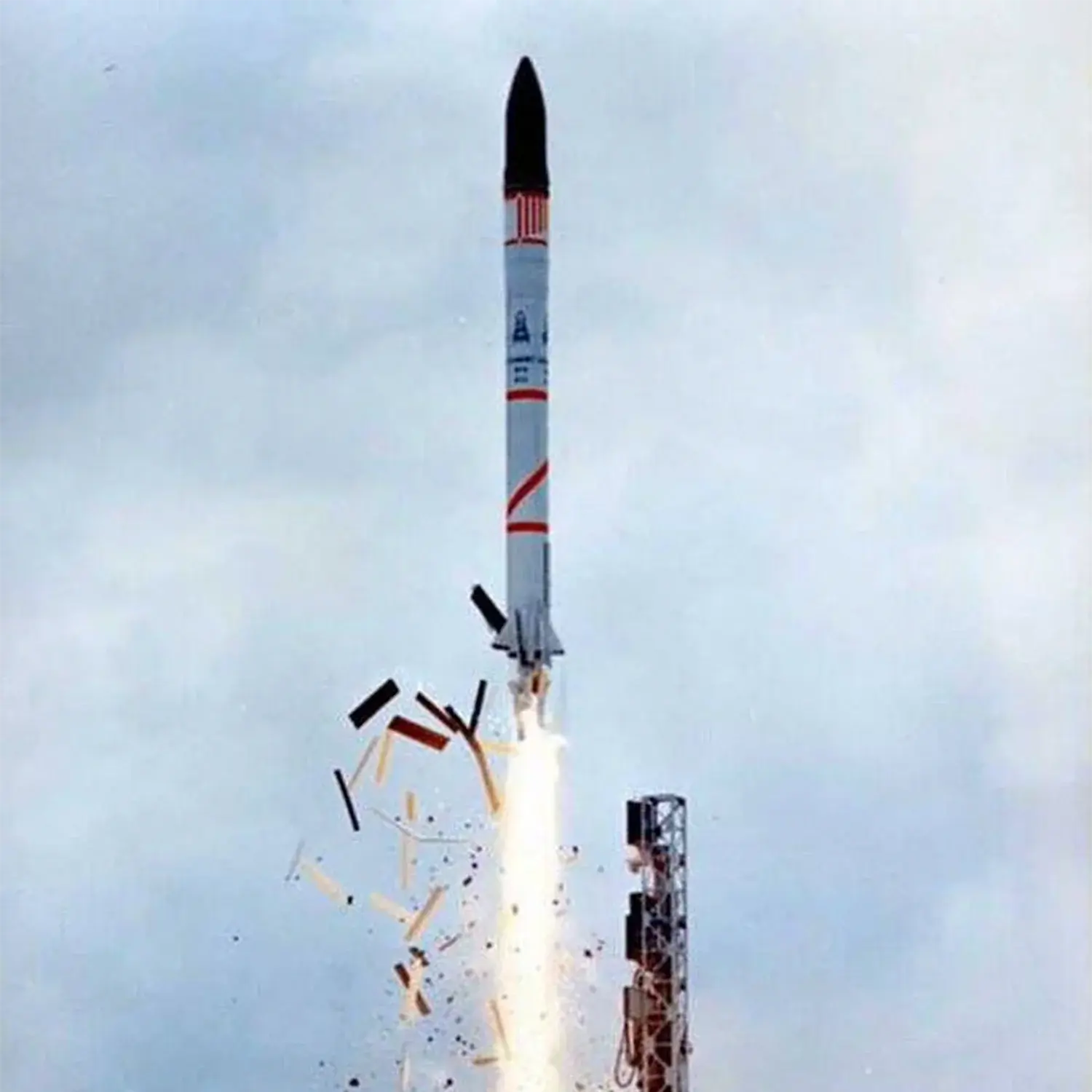/
Castor & Pollux
Launch Success
Liftoff Time (GMT)
10:32:00
Saturday May 17, 1975
Mission Details
Castor
The French Castor (D-5B) spacecraft had a 26-face polyhedron shape with a diameter of 80 cm. The primary mission objective was to study the upper atmosphere density variations. Secondary objectives included a study of gravity field perturbations and a study of micrometeorite impacts. A three-axis magnetometer was used to provide attitude information. Each one of the spacecraft faces contained a laser reflector. Data were measured either every 0.1 s or every 2.8 s. The data transmission rate was 1024 bits/s from the tape recorder and either 256 or 512 bits/s directly from telemetry. Operations were conducted by the operations center in Toulouse using the CNES network of telemetry and telecommand stations.
Low Earth Orbit
1 Payload
76 kilograms
Pollux
The French Pollux (D5-A) satellite was launched as a piggyback of the Castor (D 5B). The external structure of the D5-A was an octahedron made up of two truncated tetrahedrons, eight facets of which were covered with solar cells. The D5-A carried a hydrazine propulsion system that was tested in space.
Low Earth Orbit
1 Payload
38 kilograms
Rocket


Manufacturer
AérospatialeRocket
Height: 21.64m
Payload to Orbit
LEO: 150 kg
GTO: 0 kg
Liftoff Thrust
317 Kilonewtons
Fairing
Diameter: 1.45m
Height: 4.5m
Stages
3
Launch Site
Stats
Diamant
11th
Mission
2nd
Mission of 1975
1975
42nd
Orbital launch attempt